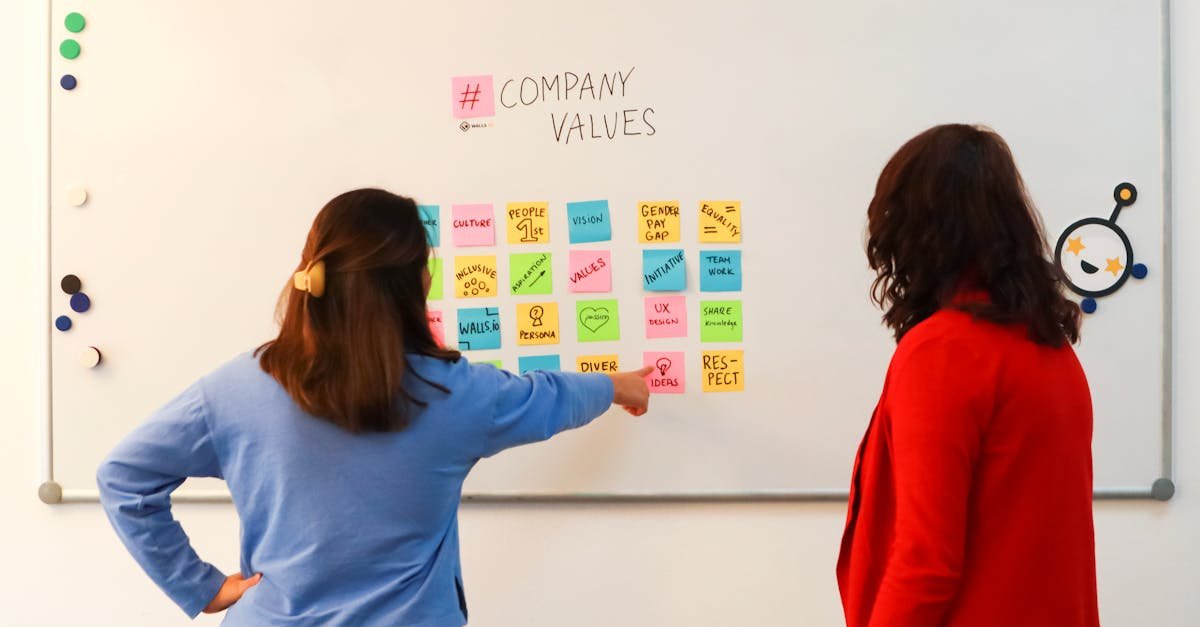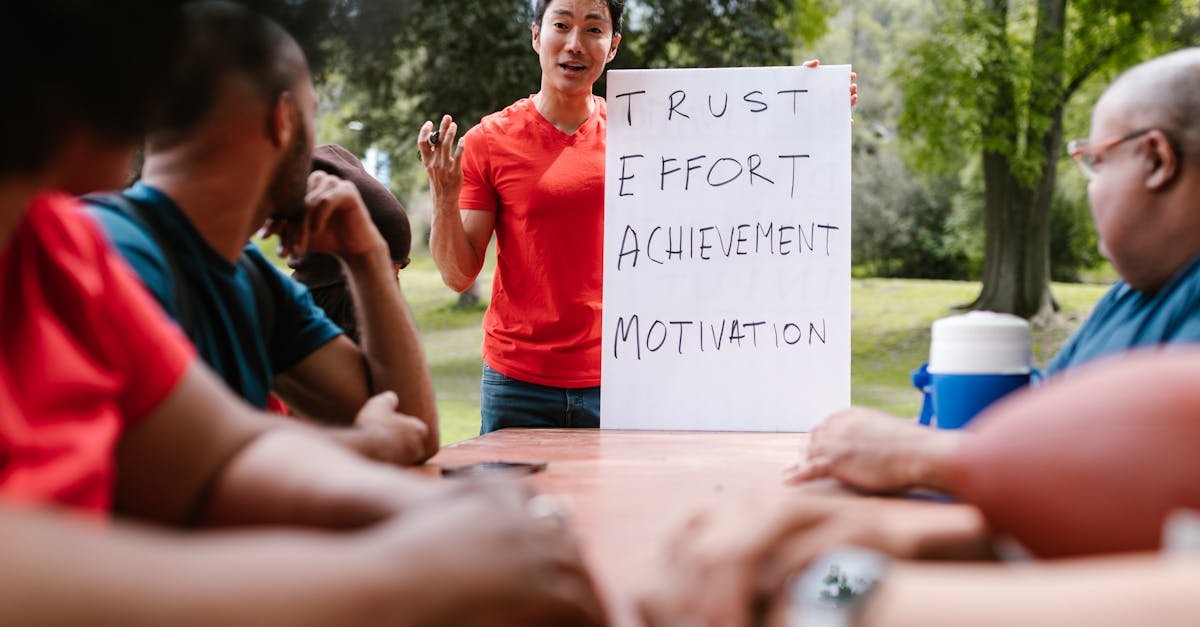Navigating Succession Planning for Essential GBS Leadership Roles
So let’s be real for a minute. When you think about succession planning for those critical leadership roles within your Global Business Services (GBS), what pops into your head? Stress? Confusion? The feeling that you’re trying to solve a Rubik’s Cube blindfolded? You’re not alone. It’s a maze out there, full of twists and turns. As someone who’s been around the block a couple of times in this world—having set up and managed large-scale shared service centers for different global organizations—I can tell you that the stakes are high. It’s not just about plugging in a new leader when the old one rides off into the sunset. We’re talking about maintaining stability, ensuring continuity, and pushing the needle forward. We want to thrive, not just survive. Understanding the Importance of Succession Planning First up, let’s break it down. Here’s why succession planning is non-negotiable: Business Continuity: Without a rock-solid plan, a leadership gap can cause chaos. Think of it as trying to steer a ship without a captain. Talent Development: Investing in your people means you’re getting them ready to step up when the time comes. It’s like planting seeds today for tomorrow’s harvest. Organizational Stability: A well-prepared team can pivot and adapt, minimizing disruptions when changes occur. But here’s the kicker: Getting everyone on board isn’t a walk in the park. There’s often pushback and doubts. “Why should I invest time in grooming someone for a role they might not even get?” Believe me, I’ve seen that argument play out way too often. Creating Your Succession Plan Let’s roll up our sleeves and get into the nitty-gritty of crafting a succession plan. Here’s how to do it: 1. Identify Critical Roles Not every position needs a backup. Focus on these: Leadership roles directly influencing outcomes. Key subject matter experts vital to day-to-day operations. Positions tied to critical relationships with clients and stakeholders. 2. Assess Your Current Talent Have honest conversations about your team’s strengths and weaknesses. Create a “Talent Inventory” to gauge who’s ready to step up: What skills do they bring? How do they perform under pressure? Can they lead and inspire others? 3. Develop Training and Mentorship Plans This is hands-on time. Getting someone ready for the next step might involve: Job shadowing current leaders. Formal training programs focusing on skills gaps. Building a mentorship culture—senior folks sharing their knowledge. 4. Regularly Review and Update Life changes, and so should your succession plan. Make it a priority to review it regularly: Quarterly or bi-annual check-ins. Adapting to changes in the business environment. Retaining flexibility to pivot when new challenges arise. Real-World Examples Here’s a story for you. A major company I worked with faced a leadership vacuum when their head of operations left unexpectedly. There was a mad scramble to fill that role because, guess what? They hadn’t prepped anyone for it. It turned into a chaotic few months, with decisions made on the fly and trust issues cropping up all around. Contrast that with a similar organization that had a solid succession plan in place. They had identified potential leaders months ahead. When their operations lead left, they smoothly transitioned someone from their talent pool who was already integrated into the leadership framework. It was seamless and, honestly, a lot less stressful for everyone involved. Encouraging a Culture of Success Creating a culture that values succession planning is key. It can’t be just an HR initiative; it needs buy-in from everyone in the organization. Here are some tips to encourage that culture: Communicate its importance clearly and consistently. Highlight success stories within your organization. Make it part of performance evaluations and career development pathways. You might even consider engaging in people and culture initiatives that emphasize team growth and leadership development. The Road Ahead Look, the journey isn’t always easy. Succession planning for essential GBS leadership roles takes time and effort—but the payoff is immense. If you want to stay ahead of the game, now’s the time to start building those future leaders. Think about all those skills and insights you’ve accumulated over the years. Don’t just let them walk out the door when someone moves on. Scout, develop, and nurture talent that will keep your organization thriving. Final Thoughts Succession planning doesn’t have to feel overwhelming. Start small, take actionable steps, and involve your team. This is about building a legacy of leaders who can keep driving shared services transformation forward. Feeling lost or need more insights? Check out THEGBSEDGE blog. It’s packed with leadership strategies to help you on your journey. And remember, this isn’t just about finding any replacement. It’s about setting the right people up to win. So start thinking about your next generation of leaders today, and let’s make it happen!
Navigating Succession Planning for Essential GBS Leadership Roles Read More »









